Results 2,601 to 2,610 of 12094
Thread: Anandtech News
-
01-25-13, 11:00 AM #2601
Anandtech: Transcend SSD320 & SSD720 (256GB) Review
Transcend is a Taiwanese company specializing in memory and flash storage solutions. While Transcend may not be the first company that comes to mind about NAND flash, they have been in the industry since the late 80's. Transcend's USB flash sticks and SD cards are actually rather popular at least here in the northern Europe, but they aren't exactly known for their SSDs. Like many other smaller SSD OEMs, Transcend relies on SandForce's SF-2281 platform. The lineup consists of two models, the SSD720 and SSD320, which Transcend sent us in for reviewing. Read on to find out how they perform!
More...
-
01-25-13, 01:00 PM #2602
Anandtech: AVADirect’s Clevo P570WM X79 Gaming Notebook Available for Pre-Order in th
Depending on whom you ask, desktop replacement notebooks are either a growing or a shrinking market. Most large OEMs have completely abandoned the DTR market, with high-end DTR-like notebooks generally going the “mobile workstation” route instead. There are also large notebooks that some might call DTR (e.g. Alienware’s M17x and M18x, and most of the other 17.3” gaming notebooks), but if you want true desktop power you’ll want a desktop CPU. That’s precisely what AVADirect/Clevo are offering with the P570WM, supporting Intel’s socket 2011 processors in a large chassis with an equally large power brick.
It’s interesting to note that this isn’t the first time we’ve heard about X79 gaming notebooks. AVADirect even points out in their forum post, “Almost one year ago, AVADirect began to accept pre-orders on what was to be the world's first X79 desktop replacement, the Clevo P270WM. After many complications, production was halted and release delayed.” It appears the P270WM has been completely scrapped, though I suspect much of the earlier design remains, and what we have is the new P570WM. This is the first truly new DTR since Clevo’s X7200/X7201 two years back that supported socket 1366 CPUs up to the hex-core Gulftown offerings.
Specifications are largely a continuation of what we saw with the X7200 series, only with a new chipset comes new processors and a different memory topology (quad-channel instead of tri-channel). CPU choices consist of the entire line of LGA-2011 processors: i7-3820 quad-core, i7-3930K hex-core, and the i7-3960X hex-core. The primary difference between the 3930K and 3960X is the addition of 3MB of L3 cache on the 3960X, as both hex-core CPUs are fully unlocked so making up the 100Mhz difference in clock speed is as easy as tweaking the BIOS. It’s not clear how much support the P570WM has for overclocking the CPU, but considering the amount of power an overclocked Sandy Bridge-E processor can consume, we’d recommend exercising some discretion before shooting for massive overclocks.
Other specifications for the P570WM include SLI GTX 670MX or SLI GTX 680M dual-GPU graphics configurations, along with single-GPU configurations for the GTX 680M and Quadro K5000M. Interestingly, a single GTX 680M actually costs slightly more than dual GTX 670MX, and we expect the SLI 670MX will be a higher performing option (assuming the games you’re using properly utilize SLI, of course). The chassis has three 2.5” HDD/SSD bays, and with an optional 2.5” caddy for the optical drive bay you can utilize up to four hard drives. RAID 0/1/5 are also available should you so desire. The remaining options run the usual gamut of WiFi and connectivity ports, with two USB 3.0, one eSATA/USB 3.0 combo, and two USB 2.0 ports. A 1080p glossy LCD comes standard, with DisplayPort, HDMI, and single-link DVI video ports available. The keyboard also sees an “upgrade” to the 3-zone colored backlighting and altered layout found in the other recent Clevo offerings.
Clevo has been one of the few (if not the only) ways to get desktop CPUs in a notebook for a while now, but there have been more than a few broken eggs along the way. Besides the aborted P270WM, the earlier X7200 series wasn’t without concerns. With the latest update, we were hoping for an even larger power brick to accommodate all of the high-end components, and sadly that doesn’t appear to have happened. It doesn’t take a math whiz to figure out that two 100W TDP GPUs with a 130W TDP CPU are already enough to overload a 300W power brick; add in storage, the LCD, RAM, and various motherboard components and we suspect Clevo will have to do some thermal throttling/management to keep things in check. Hopefully this time that means minor throttling rather than tripping the circuit breaker in the power brick and running off battery power; even if things work properly, though, we don’t expect you to be able to get 100% performance out of two GPUs and the CPU simultaneously. For gaming on the other hand, most loads should stay below the 300W rated output of the power brick [fingers crossed].
Pre-ordering from AVADirect is now online, though ordering and actually having a product ship aren’t necessarily the same thing as we saw with the P270WM. The base configuration comes with an i7-3820, GTX 680M, 2x8GB DDR3-1600 Crucial RAM, a 750GB Seagate HDD, and a 1-year warranty and a starting price of $2758. If you want a true “maximum gaming performance” configuration with an i7-3930K, dual GTX 680M, PK-3 thermal compound, 4x8GB DDR3-1600 RAM (with Windows 7 Pro, naturally), 512GB Crucial M4 SSD with 1TB Hitachi 5400 RPM HDD for storage, and Killer 1103 3x3:3 WiFi, you’re looking at $4374. Or why not go for broke and nearly max out every component, with the i7-3960X, 4x512GB Samsung 840 Pro in RAID 5, and a Quadro K5000M GPU (and the other options as with the gaming configuration); that will get you a final price of $7384, not counting the $350 you can put into a custom paint job.
I’m not sure how many people are actually in the market for gaming notebooks or mobile workstations like this, but if you’ve got a need for every last ounce of performance you can squeeze out of a twelve pound behemoth (add another pound or two for the power brick!), the Clevo P570WM should have you covered. Let’s just hope this time the notebooks ship without any further delays or complications.

More...
-
01-26-13, 12:30 AM #2603
Anandtech: Element Sector 5 Case for iPhone 5 Review
Most of the AnandTech crew seems to be averse to putting cases on their phones for a variety of different reasons. I’m still of the persuasion where I want a case for everything that I’m going to carry regularly both to prevent putting scratches and and also have a resulting device form factor something that looks a bit different than the norm.
A few weeks after our iPhone 5 review posted, Element case reached out to me and offered to sample a review unit of their upcoming iPhone 5 case, the aptly named Element Sector 5. Element has been known for a while for making exotic cases that use metal instead of plastic and look like nothing you’ll see others carrying around, so when I heard about the iPhone 5 version I jumped at the opportunity. In addition, since I spent a lot of time back in the iPhone 4 and 4S days doing attenuation testing, getting to the bottom of whether this unique case detunes the antenna was particularly intriguing.
Inside the box is the case itself, a removable adhesive suede back cover, keychain mountable screw driver, a “transit EVA case” which is a hard pouch with zipper for the phone, and some rash guards for the aluminum side.
For installation, Element wants you to apply removable sticker “rash guards” which essentially prevent the anodization from chipping off of the device. In theory these are great, but not totally necessary, as the case includes a soft rubber material around its inner perimeter to prevent aluminum from touching aluminum. The Element Sector 5 wraps around the iPhone 5 and then screws together at top left to lock the phone in place. The supplied screwdriver is keychain mountable so that if you need to get your iPhone out of the case it’s handy. In practice there really shouldn’t be any need to take it out of the case unless you’re moving to a different one or have a stubborn docking station, since the SIM tray and other connectors are easily accessible on the device.
The Element Sector 5 is a completely different case than the norm, since, like I mentioned earlier, it’s made from 6061 aluminum instead of polycarbonate plastic, silicone, or some other polymer. This gives it a completely different in-hand feel than basically every other case on the market, one that’s eerily similar to the iPhone’s native aluminum characteristics. With the case on, the overall package is still surprisingly light since there’s a lot of material machined out of the sides. With the case installed, I measured a mass of 133.7 grams over the iPhone 5’s native 112 grams.
For the back there’s an adhesive sticker which in my case was suede, though there are different back materials available. Having a suede backed device is something very different from what I’m used to, and surprisingly enough works well. I haven’t picked up a lot of dirt or grime leaving the phone backside down on surfaces, and the suede feels great.
On the left side is a large cutout for accessing the vibration switch and volume buttons. They’re a little difficult to get to because of the depth of the machined groove, but still workable. At top is the power button, and beside it a groove where more material was machined out. I have no issues with the power button, it is still clicky and communicative.
The right side has a cool cantilever looking structure with a large enough gap to get to the SIM try and ejection port. I’m very grateful that Element chose to leave the SIM tray accessible since I’m constantly swapping SIMs, and making you take the whole case off to get to this would get old fast.
At bottom are cutouts for the microphone, speaker, earphone jack, and lightning connector. The lightning connector is big enough for the standard Apple USB to Lightning cable, but not quite big enough for the lightning to 30-pin or the Amazon Basics Lightning to USB cable, both of which required filing to make fit. I’m not surprised by this however since it seems as though every Apple ecosystem case I come across requires filing to make all the accessories work. The earphone jack hasn’t been a problem with my Shure SE535 cable, thankfully.
The aesthetics of the Sector 5 case are radical. You quite honestly are highly unlikely to run across someone with the same case on their iPhone 5, and as a result it’s always drawing attention when I have it on. Quite honestly the Sector 5 looks like something out of Quake rather than an iPhone case, with the aggressive geometric protrusions at the four corners, modern angular shape, and radical design. It’s definitely a bit crazy in the industrial design department as far as an iPhone case goes. I’m definitely a fan of how this makes the device look. In terms of feel, the Sector 5 is a bit sharp at times, but also is easy to get a firm hand grip on, as the bulges at the four corners make it easy to grasp onto. The Sector 5 also doesn’t make the device much thicker than it is already as a result of its design. The tradeoff is that there’s not too much front display protection beyond the supplied screen protector (which I almost always refuse to install when supplied with cases), but there is a lip so that when laid front down the device isn’t totally coplanar with the surface it rests on.
I’ve dropped the Sector 5 with the iPhone inside twice and was left only with a small deformity from the impact that is hardly visible, with no discoloration or scratching off of anodization. The case looks like it wouldn’t afford too much protection, but it does a good enough job at deflecting impacts on the sides or back, just avoid the front unless you’ve applied the screen protector.
The big question is just how much adding an aluminum case to a smartphone affects antenna gain and cellular performance. I’ll note that I’m still using the case on a daily basis when using the iPhone 5, so the short of the matter is — not a whole lot, if at all.
First, Element has included polymer links between each of the four main aluminum blocks so there’s no continuity between them, which is easy enough to verify with a multimeter. In addition the case is insulated from the aluminum exterior of the iPhone 5 with a rubber material, so there’s really no galvanic contact between case and phone. That’s a good first step to not change too much of the ground plane or inadvertently create a path between the bottom primary antenna and top secondary antenna on the iPhone 5. The iPhone 5 has an RFMD RF1102 tuning block and seems to do a good job dealing with any antenna detuning that the Sector 5 might introduce. I won’t say that the Sector 5 doesn’t affect the antennas at all, adding conductors this close to the device clearly does, but the much improved tuning onboard the device seems to cope with it perfectly well and I haven’t noticed any ill effects.
I compared my iPhone 5 against a few others also on AT&T LTE (Band 17) and on AT&T WCDMA (Band 2 PCS) and didn’t notice any difference in RSRP or RSCP respectively after allowing the two to stabilize. I’m impressed that there really is no difference, and in using the device a lot with the case on I haven’t noticed any difference on my mental signal map.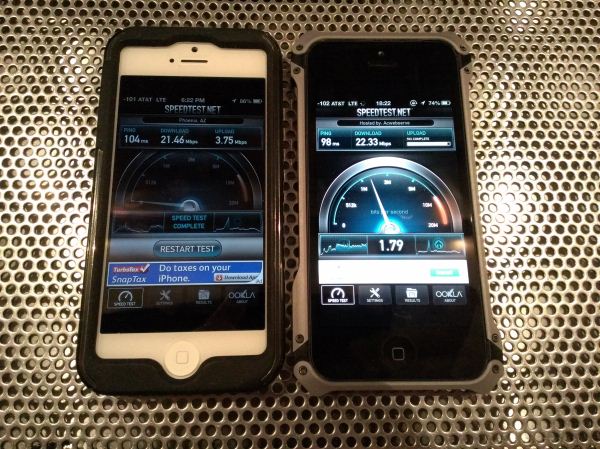 101 dBm RSRP on the iPhone 5 with Incipio Dual Pro, -102 on iPhone 5 with Sector 5. I've done other testing where both were identical.
101 dBm RSRP on the iPhone 5 with Incipio Dual Pro, -102 on iPhone 5 with Sector 5. I've done other testing where both were identical.
Gallery: Element Sector 5 Case for iPhone 5





At $139.95 the Element Sector 5 definitely isn’t a normal case, nor one that’s in everybody’s price range, but if you’re looking for something that stands way out from the norm and has rugged construction I’d definitely recommend it. It's quite a head turner.

More...
-
01-26-13, 10:00 AM #2604
Anandtech: MSI Z77 MPower Review: The XPower’s Little Brother
Like many other manufacturers, MSI is building brands to aid the development of their product lines.  Over the past few Intel chipsets MSI have developed their Big Bang family, such as the P55 Trinergy, P55 Fuzion, X58 XPower, P67 Marshal, X79 XPower-II and now the latest, whilst devoid of the Big Bang part from the official title, is the Z77 MPower.  MSI have coined this as ‘XPower-II’s little brother’, designed as an overclocking board to be paired with the MSI Lightning range of GPUs.  As a result, the Z77 MPower is designed with the MSI Lightning Twin Frozr IV scheme in mind.  We’ve tackled one Z77 overclocking board already, so how does the MSI fare?  Read on for the full review.

More...
-
01-27-13, 11:30 PM #2605
Anandtech: From Mango to Apollo: The HTC Windows Phone 8X on the Daily
While almost all of the AnandTech editors are using Android or iOS smartphones as their daily driver due to the relative maturity of those platforms (and oftentimes bleeding edge hardware within), Brian learned I'd been using the Windows Phone 7.5-equipped Dell Venue Pro as my daily driver for almost a year. 2-year contract plans in the United States amount to highway robbery, but a no contract deal from T-Mobile is actually very reasonable. As someone attracted to Windows Phone's UI and someone who preferred the physical keyboard, the Venue Pro turned out to be a perfect fit.
Unfortunately, time has revealed Windows Phone 7 for what it was: a transitional offering that was practically end-of-life when it left the gate. Windows Phone 8 is Microsoft's real long haul darling, and when Brian discovered I was looking to replace my Venue Pro with something more robust, he asked HTC to send me their flagship Windows Phone 8 handset, the Windows Phone 8X. He's already run performance and battery tests, but we haven't really talked about what Windows Phone offers that Android and iOS don't, and how effective it can be as a daily driver. That changes today.

More...
-
01-28-13, 11:00 AM #2606
Anandtech: Intel's SSD 525: Bringing iSandForce to mSATA
Today Intel is officially announcing what we've had in house since the end of last year: the Intel SSD 525. Based on SandForce's SF-2281 controller but using a special Intel validated (but SandForce developed) firmware, the 525 is an mSATA version of the 2.5" SATA Intel SSD 520 that launched last February. Unlike the Intel SSD 335, the 525 uses the same 25nm 2-bit MLC IMFT NAND as the 520, the only difference here is the form factor. 
Similar to the 520, Intel is claiming max sequential performance of 550/520 MBps (compressible reads/writes). Random IO specs are listed as up to 50K/80K for 4KB random reads/writes. 
The 525 features a 5-year warranty from Intel and will be available in capacities ranging from 30GB all the way up to 240GB. The 120GB and 180GB 525s are shipping today, with the rest of the models scheduled to be available later this quarter. Pricing is listed below:
Intel's suggested pricing is a bit higher than Crucial's mSATA m4, but street pricing is almost always lower than what we see in these press announcements. The range of capacities and granular size options will make the 525 good for everything from a very small boot drive (30GB) all the way up to a full fledged OS/apps drive at the higher capacities.Intel SSD 525 Launch Pricing Capacity 30GB 60GB 90GB 120GB 180GB 240GB RCP/MSRP $54 $104 $129 $149 $214 $279
By the middle of the year we should see the arrival of the first NGFF (now known as M.2) form factor SSDs that should eventually supplant mSATA. It will take a little while for motherboards and OEM systems to implement M.2, so I expect that we'll continue to see mSATA used. I do hope for a quick transition to M.2 however, not only is the standard more flexible (e.g. longer cards can deliver even higher capacity drives) but it also supports PCIe as well as SATA as an interface.
Gallery: Intel's SSD 525: Bringing iSandForce to mSATA





More...
-
01-28-13, 02:00 PM #2607
Anandtech: NVIDIA GeForce R313.95 Beta Drivers Available
It seems ironic that after years of their monthly releases when AMD/ATI has now switched to a "when it's necessary" release schedule--something NVIDIA has been doing via official beta releases for a similar time--that the cadence of official releases from both AMD and NVIDIA seems unphased. In fact, as usual the holiday season only increased the pace of updates. The second half of 2012 and beginning of 2013 for instance gives us the following drivers:
Note the increase in NVIDIA's releases as the holiday games came out, with two or three driver updates each month for the past four months. In contrast, AMD had five beta releases in June (which were all similar and mostly looked to fix bugs not addressed in the initial beta) along with a WHQL driver, the 12.8 WHQL in September along with another beta, 12.10 WHQL in October, the 12.11 beta in December, and now the 13.1 WHQL and 13.2 beta in January. Basically, we're looking at similar total number of readily available driver releases during the same seven months, but AMD had a lot of betas early in the cycle (many related to Enduro and WIndows 8 support).Recent Driver Releases NVIDIA Version Release Date AMD Version Release Date 313.95 Beta 28-Jan-2013 13.2 Beta (12.100.0) 18-Jan-2013 310.90 WHQL 5-Jan-2013 13.1 WHQL (9.012.0) 17-Jan-2013 310.70 WHQL 17-Dec-2012 12.11 Beta11 (9.010.8) 4-Dec-2012 310.70 Beta 4-Dec-2012 12.11 Beta7 (9.010.8) 12-Nov-2012 310.64 Beta 28-Nov-2012 12.10 WHQL (9.002.0) 23-Oct-2012 310.61 Beta 20-Nov-2012 12.9 Beta (9.001.0) 26-Sep-2012 310.54 Beta 12-Nov-2012 12.8 WHQL (8.982.0) 14-Sep-2012 310.33 Beta 23-Oct-2012 12.6 WHQL (8.980.0) 30-Jun-2012 306.97 WHQL 10-Oct-2012 12.7 Official Beta (8.981.2.1) 27-Jun-2012 306.23 WHQL 13-Sep-2012 12.7 Beta (8.981.2) 12-Jun-2012 306.02 Beta 27-Aug-2012 12.x (9.00) 12-Jun-2012 304.79 Beta 3-Jul-2012 12.x (8.980.0) 4-Jun-2012 304.48 Beta 18-Jun-2012 Win8 Release Preview (8.972.4) 2-Jun-2012
NVIDIA's latest update primarily looks to address performance issues with Crysis 3, though there are a few other recent titles like Assassin's Creed III, Black Ops II, and Far Cry 3 that may also see performance improvements. NVIDIA's release notes claim improvements of up to 65% in Crysis 3 and 24% in Assassin's Creed III, though that's with the ultra-high-end GTX 690 desktop GPU so those with lower class GPUs should temper their expectations accordingly. Interestingly, we're still seeing potential performance improvements (albeit minor) in some older titles like Civilization V, DiRT 3, Far Cry 2, and Deus Ex: Human Revolution. You can read the full release notes on NVIDIA's site, with the following downloads currently available (and yes, Windows XP is supported as well, but I figure few enough gamers are running that with high-end hardware that it's not worth the extra four links):
313.95 Desktop Beta 64-bit Windows Vista/7/8
313.95 DesktopBeta 32-bit Windows Vista/7/8
313.95 Notebook Beta 64-bit Windows Vista/7/8
313.95 Notebook Beta 32-bit Windows Vista/7/8
Thanks to reader SH SOTN for the heads up!

More...
-
01-28-13, 07:00 PM #2608
Anandtech: The AnandTech Podcast: Episode 15
We're back after CES and have a little bit of post-show wrap-up. We kick off this week's podcast with a discussion of Intel's near term challenges in the industry and Intel's decision to leave the desktop motherboard business. The Valvebox and the idea of a truly open console are next on the list of big topics for this week, although we also talk about Samsung's Exynos 5 Octa, the 3rd gen SandForce controller and Intel's newly announced Yolo smartphone. 
The AnandTech Podcast - Episode 15
featuring Anand Shimpi, Brian Klug & Dr. Ian Cutress
iTunes
RSS - mp3, m4a
Direct Links - mp3, m4a
Total Time: 1 hour 19 minutes
Outline - hh:mm
Thoughts on Intel's Challenges - 00:00
Intel Leaving the Desktop Motherboard Business - 00:12
The Valvebox - 00:25
SandForce Gen 3 SSD Controllers - 00:54
Samsung Exynos 5 Octa - 00:55
The Yolo Phone - 01:10
As always, comments are welcome and appreciated. 

More...
-
01-29-13, 01:00 AM #2609
Anandtech: AZZA Silentium Case Review: Knowing the Limits
The desktop enclosure market has broken down pretty simply into three categories with only the rarest of outliers. Cases under $100 will either have good acoustics or good thermals, but never really both. Cases between $100 and $150 will typically find a balance. And if you're paying more than $150 for a case, it needs to deliver on both, full stop. The problem that sub-$100 silent cases often run into is that the measures taken to keep noise down result in substantially reduced airflow, and when you start really pushing the hardware (and thus the limits of the case's cooling), those measures actually serve to increase system noise beyond a garden variety case.
With all of that information in mind, AZZA's $99 Silentium is entering a perilous market. The Silentium is meant to compete with cases like the BitFenix Ghost and the NZXT H2, offering quiet computing at a competitive price point. The problem is that when you're at the top of the sub-$100 market, you risk having to compete with monsters like the Fractal Design Define R4 and the soon-to-be-released-on-American-shores Nanoxia Deep Silence 1. Does the Silentium carve out its own niche, or is it fighting an uphill battle?

More...
-
01-29-13, 06:30 AM #2610
Anandtech: Trio of New Gigabyte Server Motherboards Announced
We recently, reviewed a dual processor setup using the Gigabyte GA-7PESH1 and a pair of socket 2011 Xeons, with varied reactions from the point of view of a need for ultimate throughput with a simple to intermediate knowledge of NUMA programming.  Today Gigabyte has announced the successors to the GA-7PESH1 and GA-7PESH2 in the form of the 4-way GPU supporting GA-7PESH3 and GA-7PESH4, along with a 3-way 1P model, the GA-6PXSV4.
The main feature Gigabyte wish to promote is the improved memory compatibility; specifically noting that they are the only manufacturer to support a system fully populated with DDR3-1600MHz 16GB RDIMM 1.35V modules. 
The GA-7PESH3 looks more like a normal 2P motherboard in terms of orientation, with each CPU supporting one module per channel and the PCIe layout designed for multi-PCI devices (think 3-way or 4-way dual slot GPUs, or 7-way single slot).  The motherboard also contains an LSI controller for support up to eight SAS 6 Gbps drives, a full 7.1 audio solution and USB 3.0 functionality.
The GA-7PESH4 model gives the full range of memory slots available, similar to the GA-7PESH1, but with an orientation change.  The PCIe layout is clearly a little odd, with one at the top of the IO panel, and the power connectors are also in this area.  The main selling point of the 7PESH4 is the inclusion of four Intel I350 Gigabit Ethernet ports.
The GA-6PSXV4 takes the GA-7PESH4 in a single socket form, with the four Intel I350 Gigabit Ethernet ports, and the socket orientation at right angles to normal channel implementations.  The layout supports 3-way GPU, but also includes a PCIe x1 slot as well as a PCI slot.  Like the GA-7PESH3, we also get a series of USB 3.0 ports on the rear IO.
All three boards are reported to have been designed for airflow design in mind, and each CPU is supported by a 6-phase power delivery (remember, no overclocking on server boards).  We analyzed the Gigabyte management software package in our GA-7PESH1 review, which used the Advocent Server Management Interface for security, monitoring, and remote control, and expect these new models to be relatively similar.
As always, Gigabyte server boards are currently B2B (business-to-business) only, but readers in the US can contact their local Gigabyte server branch here for more information regarding individual pricing.

More...
Thread Information
Users Browsing this Thread
There are currently 20 users browsing this thread. (0 members and 20 guests)




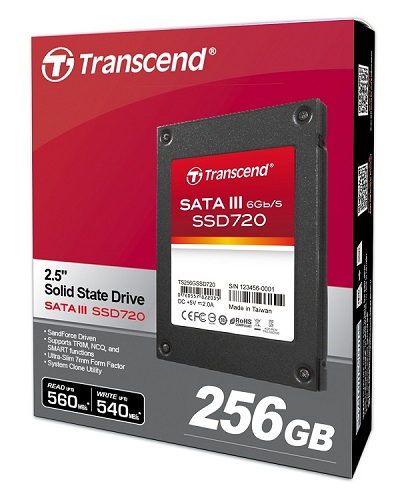



 Quote
Quote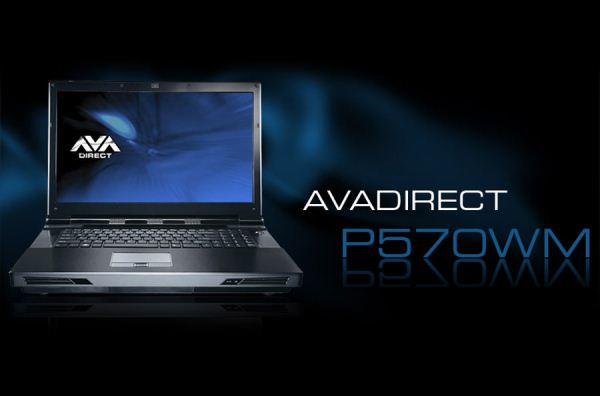


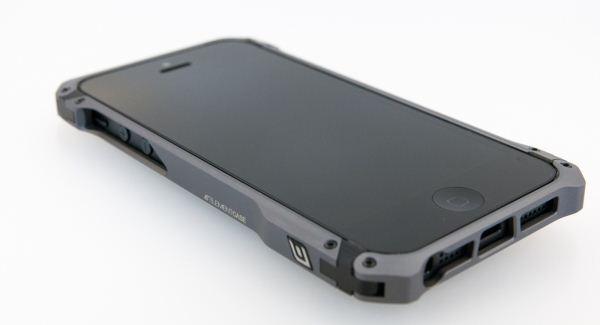
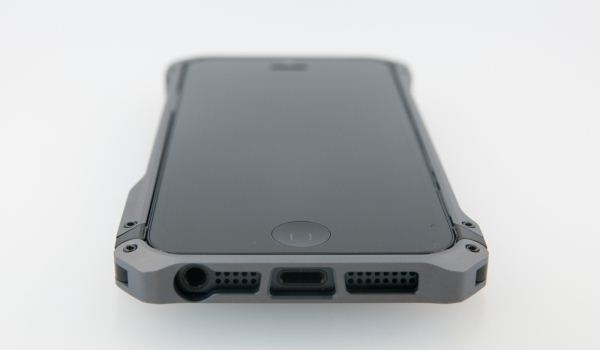
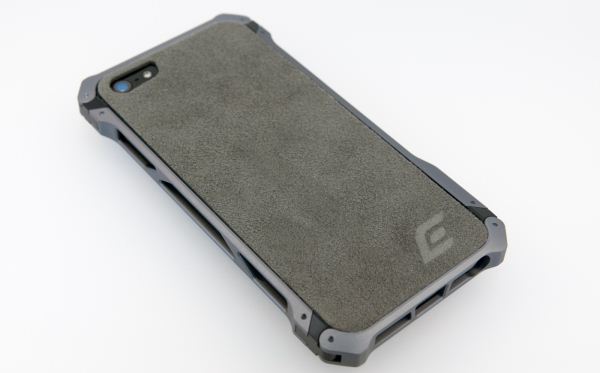
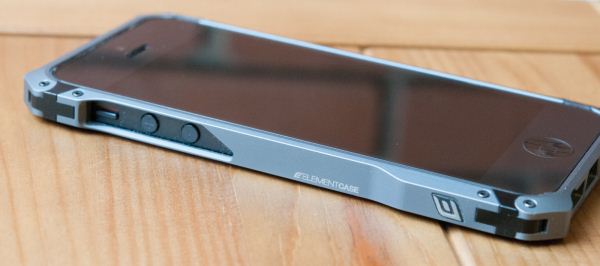
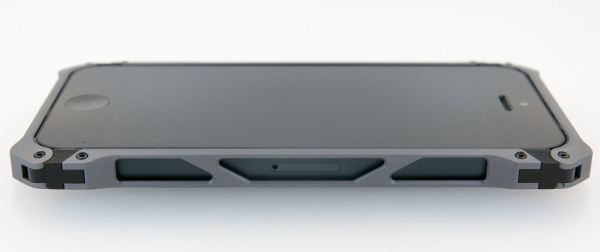
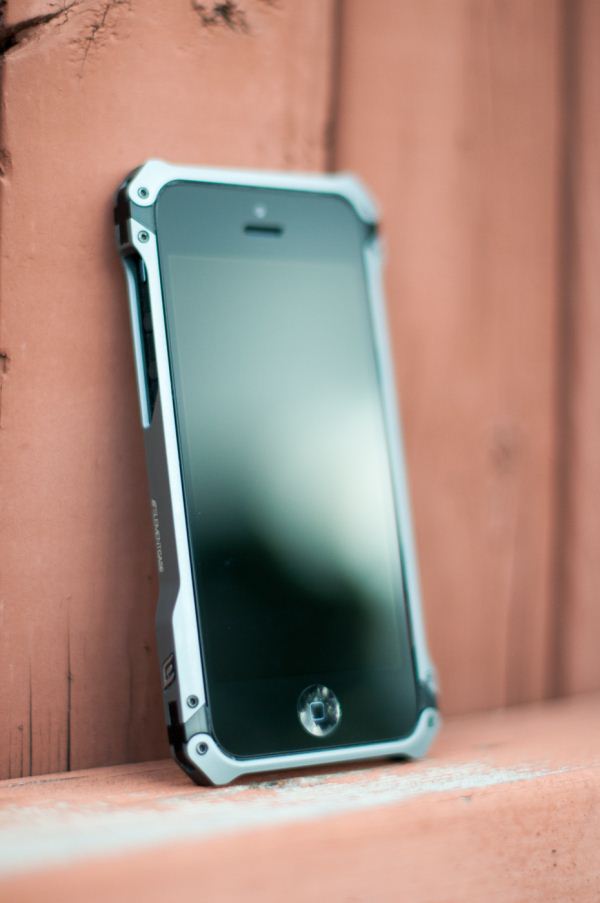
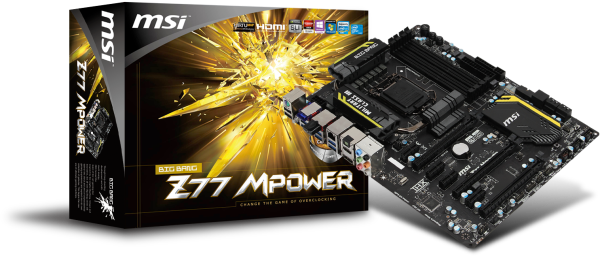
.jpg)
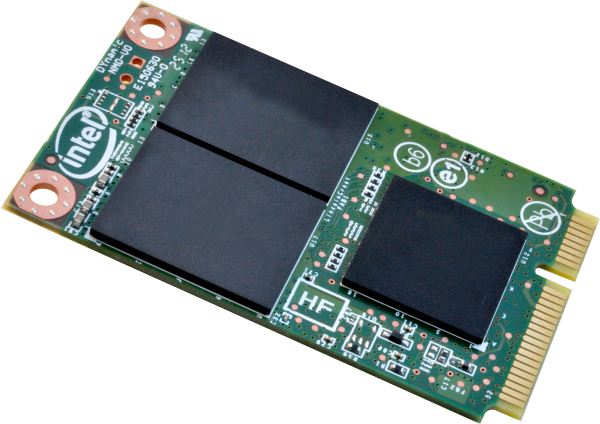
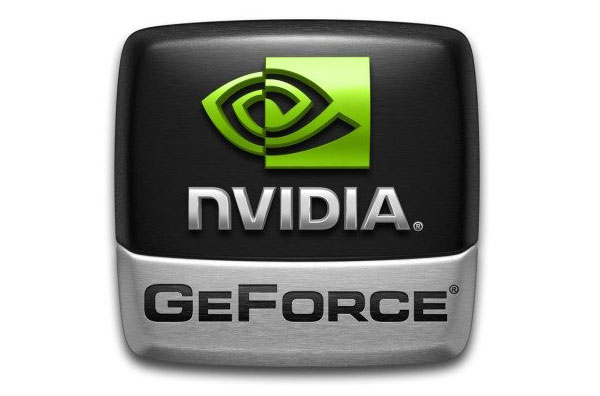

.jpg)
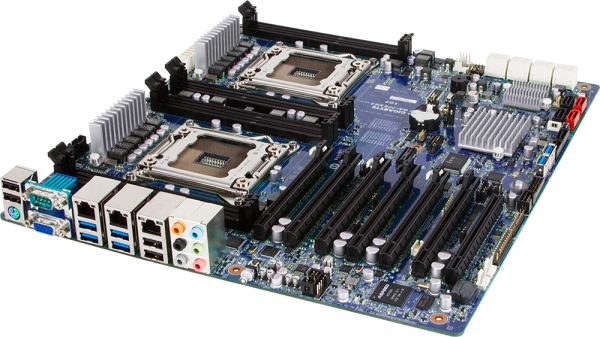
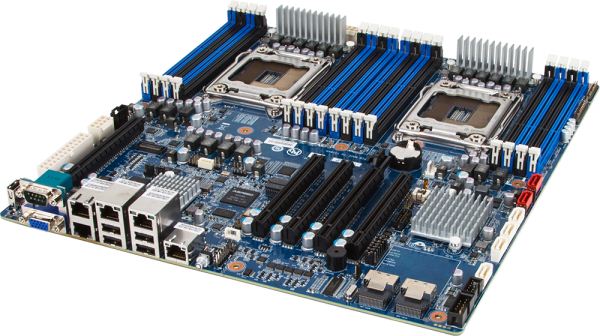
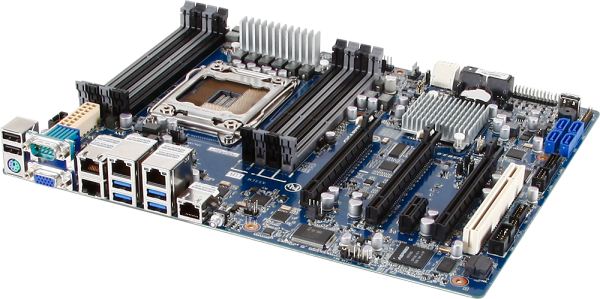
















Bookmarks